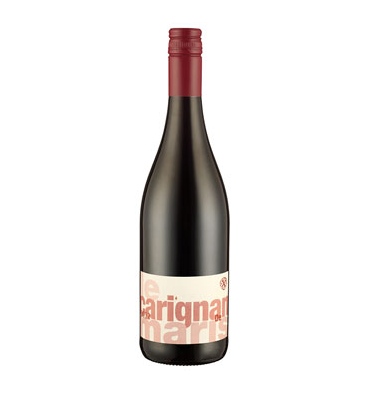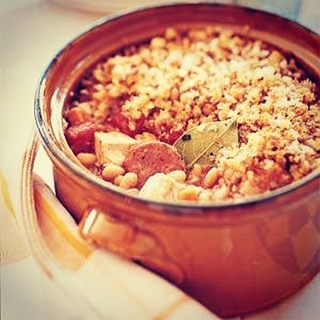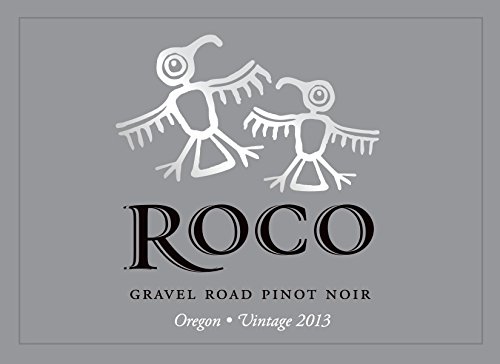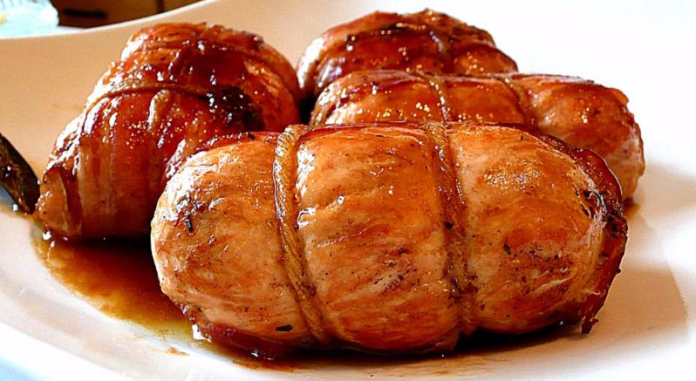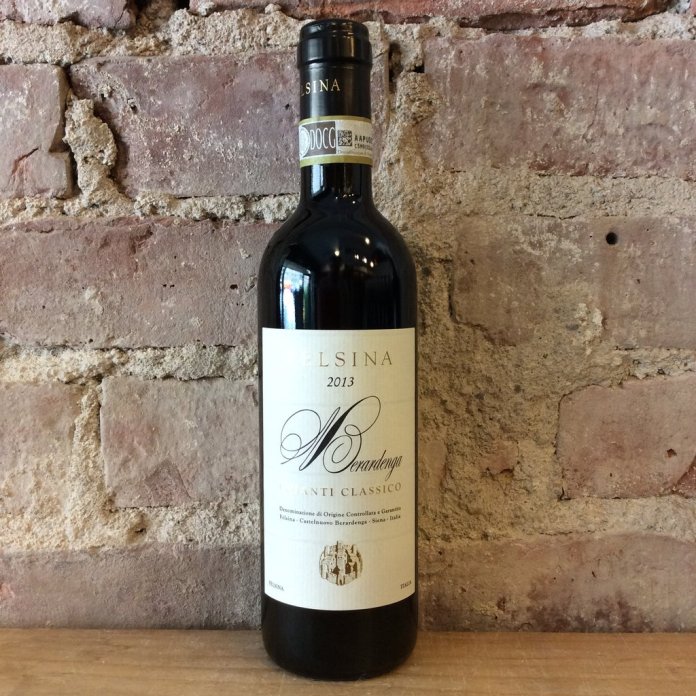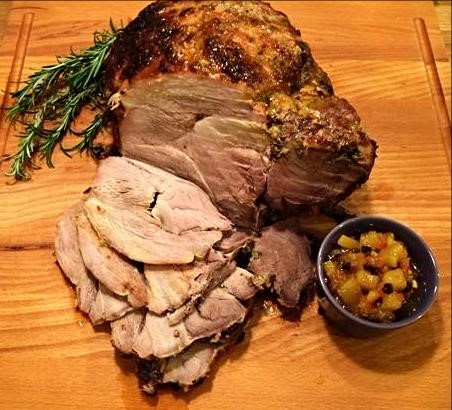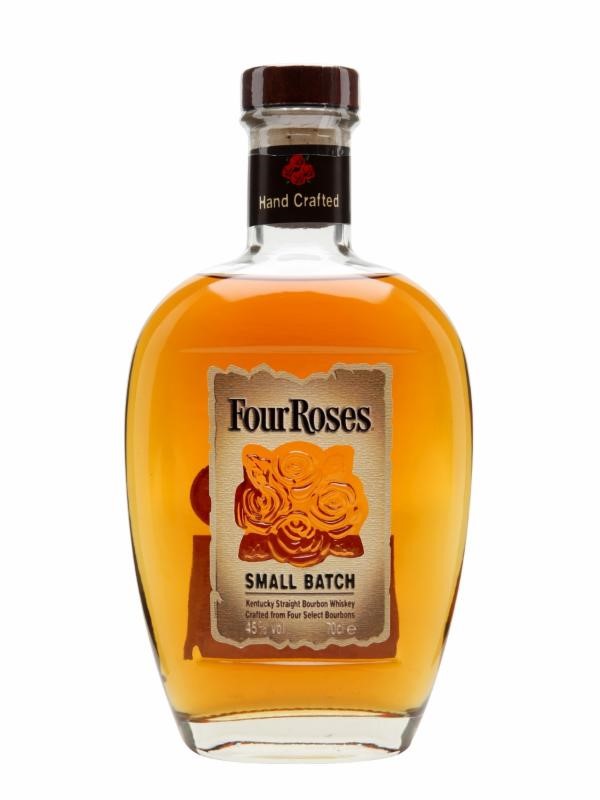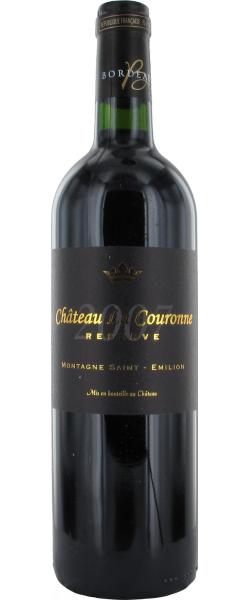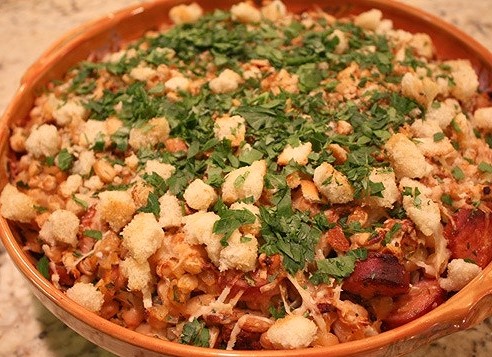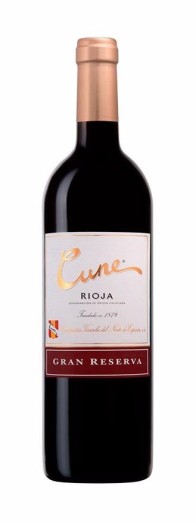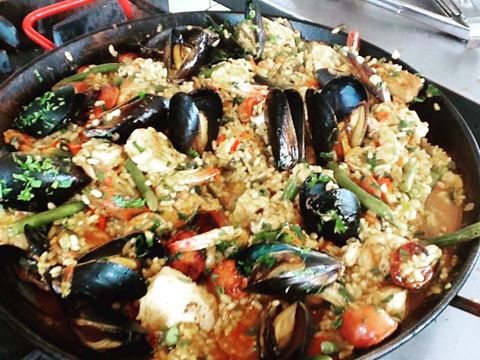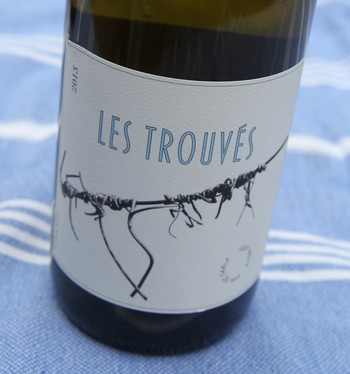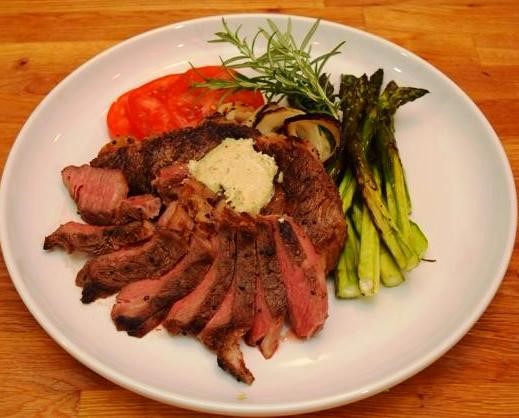
I recently had the opportunity to travel to the Veneto, Italy. I was invited by the Consorzio Il Soave in collaboration with Evan Goldstein, Master Sommelier. We traveled the region toured vineyards, met the winemakers and proprietors, and of course tasted the wines. The region, although well known, was a revelation. The history, the terroir and the people who farm these ancient vineyards unveiled what is a truly unique wine growing region.
Soave, like many other wines and wine growing regions suffers from a bit of an identity crisis. Soave is a victim of its own success. Soave saw a peak of popularity in US in the mid-20th-century Italian wine boom that followed the end of World War II. Returning soldiers from the European theatre, many who were born and raised during prohibition, returned with a new found love of wine. But, Italy and Europe was still rebuilding many of the vineyards, wineries and winemakers were gone. Into this market stepped large producers like Bolla who instituted mechanization and modern production techniques. By the 1970’s Bolla’s machine helped make Soave the largest selling Italian DOC wine in the US, surpassing even Chianti.
The Soave produced by Bolla wasn’t the same wine produced before WWII. Before WWII, Soave was produced on terraced hillside vineyards that to this day are still worked by hand and by horses.
The History of Soave is told in geological terms. The Italic peninsula is volcanically active country, containing the only active volcanoes in mainland Europe. The Veneto and Soave are located at the foot of the Dolomites and the Alps. The Soave DOCG sits on an ancient volcanic zone that was lifted out of the sea millions of years ago. Basalt flows and volcanic soils distinguish this area from the lower farmland that came under cultivation post WWII.
Soave was the first Italian wine to be recognized as “Vino Tipico”. The classico zone was first delineated by Veneto authorities in 1927 and originally encompassed 2,720 acres (1,100 ha) of hillside vineyards within the Soave zone. Today, the use of the specification “Classico” with the designation “Soave” is reserved for the product made from grapes harvested from the hillside vineyards around the municipalities of Soave and Monteforte d’Alpone in the original and oldest classic “zone” of Verona.
The vineyard soils of the classic region are considerably less fertile than the alluvial soils in the plains. The vineyards above the village of Soave and the eastern vineyards near Monteforte d’Alpone, these soils are made of decomposed volcanic rock that produces steelier more mineral wines. These mountain vineyards can be on 45 or even 60 degree aspect!
Usually, when one thinks of volcanoes, the image is of explosive flows of magma, gas, and ash. The volcanoes that formed Soave were underwater and the basalt that flowed came into contact with cold seawater and formed what is called pillow lava. All around the hills of Soave are outcroppings of Basalt, soils of pumice with limestone and red flake. These soils have high levels of macro-porosity compared to other types of rocks, meaning the pores in these rocks allows these rocks to store up to 100% of their weight water. This high coefficient of water retention is of notable importance in drought years and even though this is the northern green part of Italy the area receives most of it rain in 60 days out of the year.
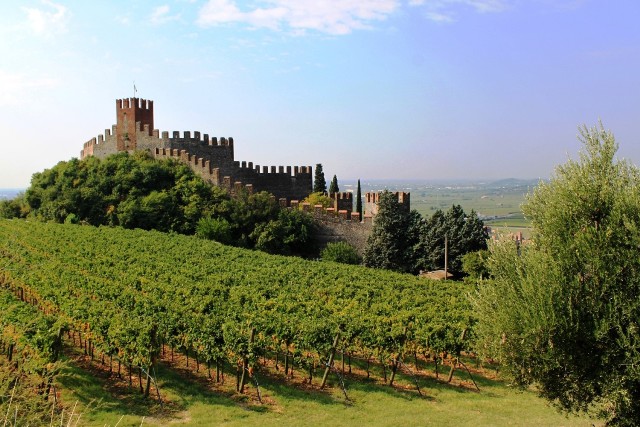
The Hills of Soave are some of the most densely planted in the world. The most widely planted grape is Garganega, which occupies around 95% of the vineyard land, with a few other cultivars – Trebbiano de Soave, Chardonnay and Pinot Bianco. These vineyards cover literally every square foot of cultivatable land in the DOCG. The majority of the vineyards are trellised using an ancient style of Pergola. The Pergola trellising system has been in use here since the Roman times. The position of the arms makes harvesting difficult; and the overhead design makes it difficult to use a modern tractor. Most of the vineyards in Soave DOCG are small family owned, usually no larger than 4 hectares, so harvest is done by hand by the family.
Garganega can produce a delicate wine with peach, honeydew, lemon, almond and a subtle notes of saltiness. Soave when it is made well is a dry, light bodied wine, like a less aromatic Sauvignon Blanc or Pinot Gris, but with a touch of richness. Older Soave can be intense with more developed flavors of marmalade, beeswax and honey. Recioto (raisoned) styles are popular because of the grapes acidity. These wines are thick and viscous with caramel and butterscotch notes. The Sparkling wines of the area were a revelation. Sparkling Soave and the lesser known Durello are wonderfully dry alternatives to the ubiquitous Prosecco.
While there we were able to visit many wineries including Bolla. Some of my favorites were Bertani, Cantina di Soave, Cantina del Castello, Cantina di Monteforte, Cantina Giovanni Tessari, Coffele, Corte Moschina, Filippi, Gini, I Stefanini, Le Battistelle, Montetondo, Sandro De Bruno and Tenuta Sant’Antonio. Some were larger operations, most were family run and had been in family hands for generations.
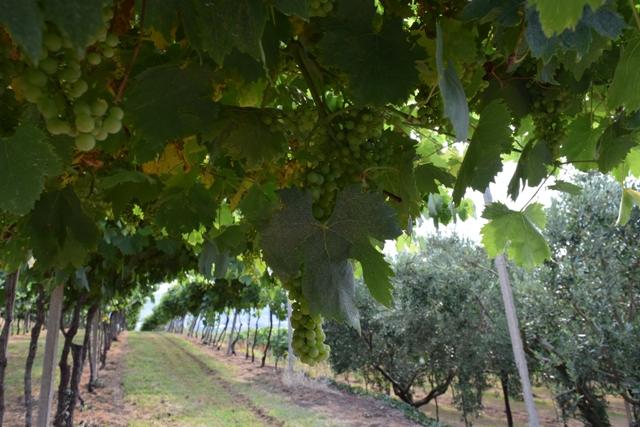
In wine we are always talking about ‘Terroir’ the sense of place: Soave DOCG represents a truly unique environment for grape growing and winemaking. The combination of unique soils, a unique indigenous grape varietal, vineyard management and winemaking make Soave one of kind in a world of wannabe’s and also ran’s.
The story of Soave is ancient one and for over a millennia Garganega has been farmed on the hillsides of the Veneto. The name “Soave” is taken from the Suevians, a German people who settled in the area. Today, there is nothing short of a renaissance is going on in Soave. Soave has long been recognized as the great white wine of Italy, but years of mass market jug wines have done a great deal of damage to the reputation and standing of Soave as one of the Great DOC in Italy.
In the small villages and hill towns of Soave, Monteforte, San Martino B.A., Roncà, and Montecchia there are families working to rebuild the vineyards and wines that made Soave the first delineated white wine region in Italy.
I Stefanini is a perfect example of this phenomenon. Established in 2003, this small family run winery in the foothills of Monteforte d’Alpone, sits in the heart of the Soave region, just ten minutes from the beautiful medieval castle of Soave. Francesco Tessari is the winemaker, his father Valentino is the vineyard manager, together with the help of very friendly dogs, they manage 10 hectares of vineyards, fruit and olive trees.
The I Stefanini Selese is a Soave DOC made with 100% Garganega. Sèlese, made from the vineyards nearest their estate, the wine shows the quality of the fruit and the skill of this father-and-son team.
I Stefanini Il Selese Soave DOC 2014 $10.99

????????????????????????????????????
Recently, I had the opportunity to walk these vineyards with Valentino and sit taste the wines with the family. These wines are right in my wheel house – firm and medium bodied with crisp acidity and a wonderful nose – perfect food wines that also work as an aperitif. With a delicate perfume with notes of violets, hawthorn and elderberry; dry and smooth with almond notes at the finish makes this a perfect accompaniment to fresh seafood and shellfish or herb pasta with a drizzle of olive oil. Here is my recipe for “Foglie di olivo” or Olive leaf pasta with pesto and olives.
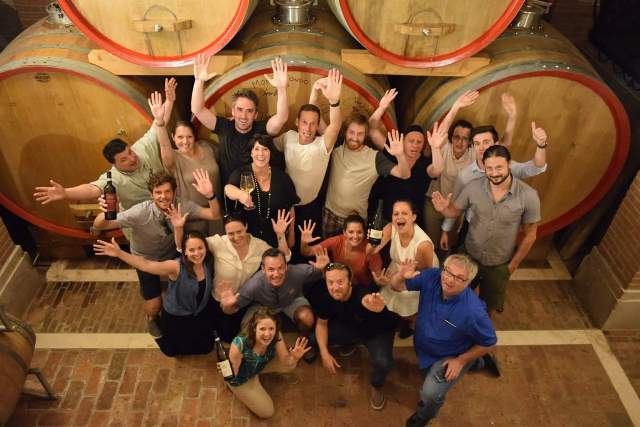
xoxo
Lenny
